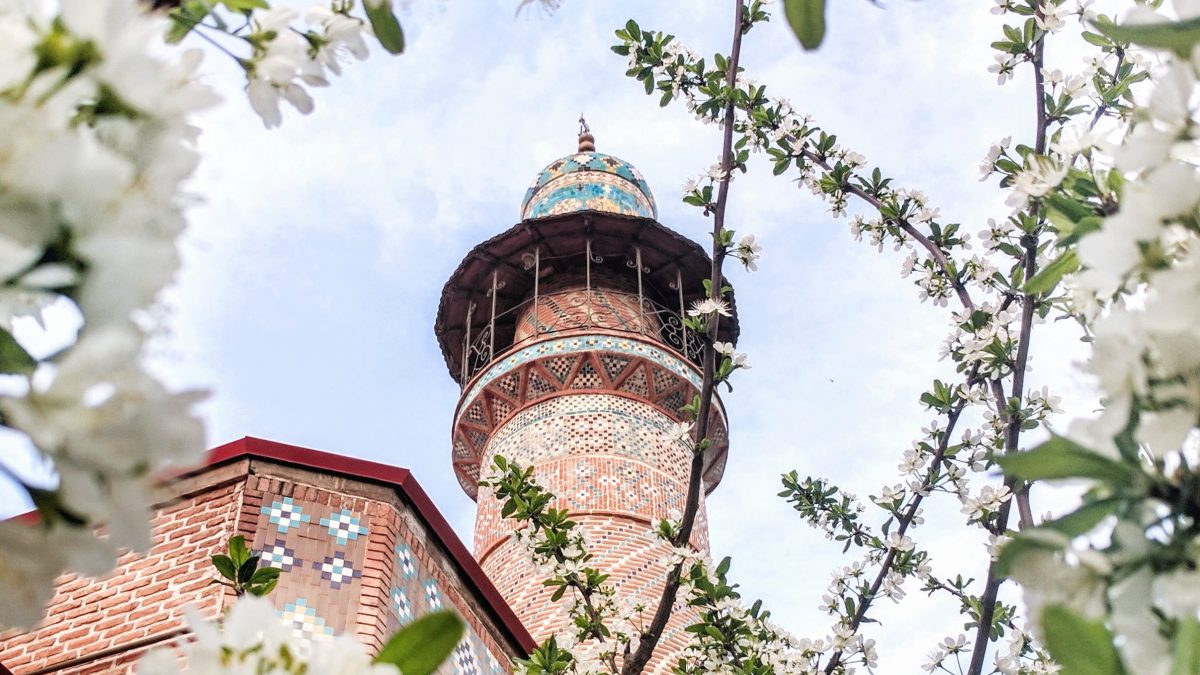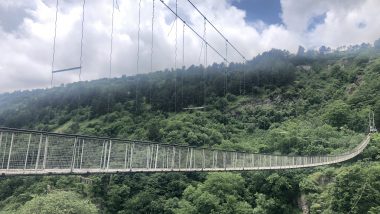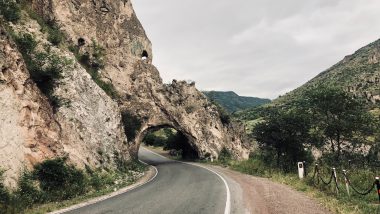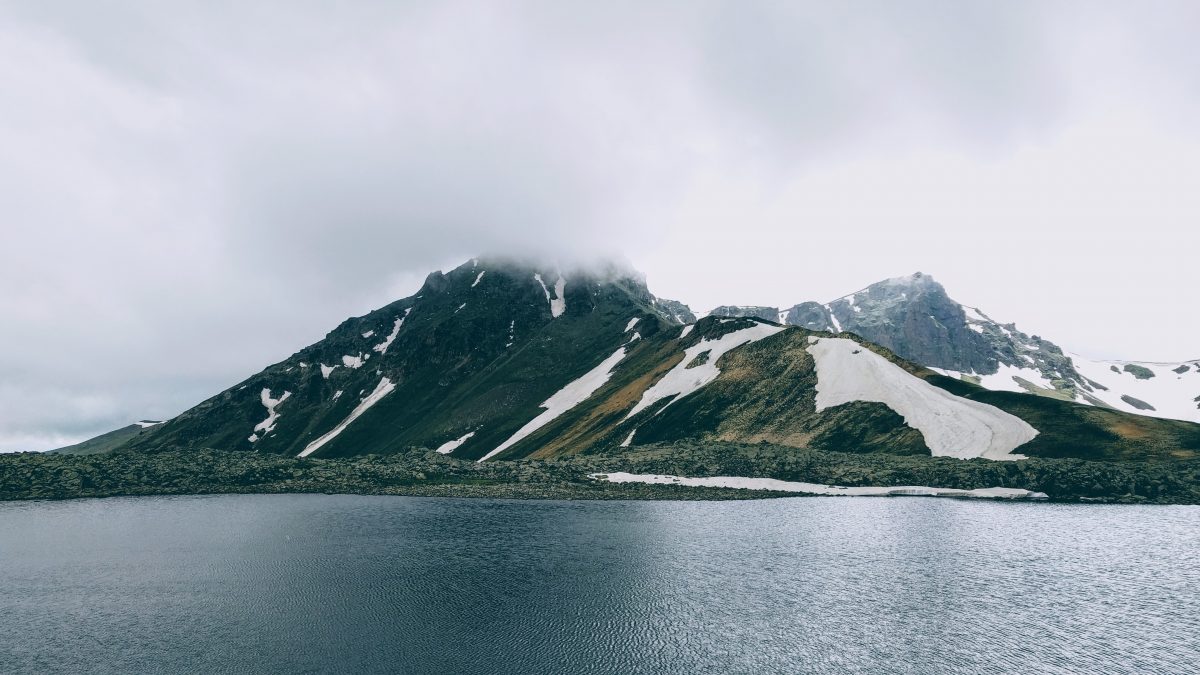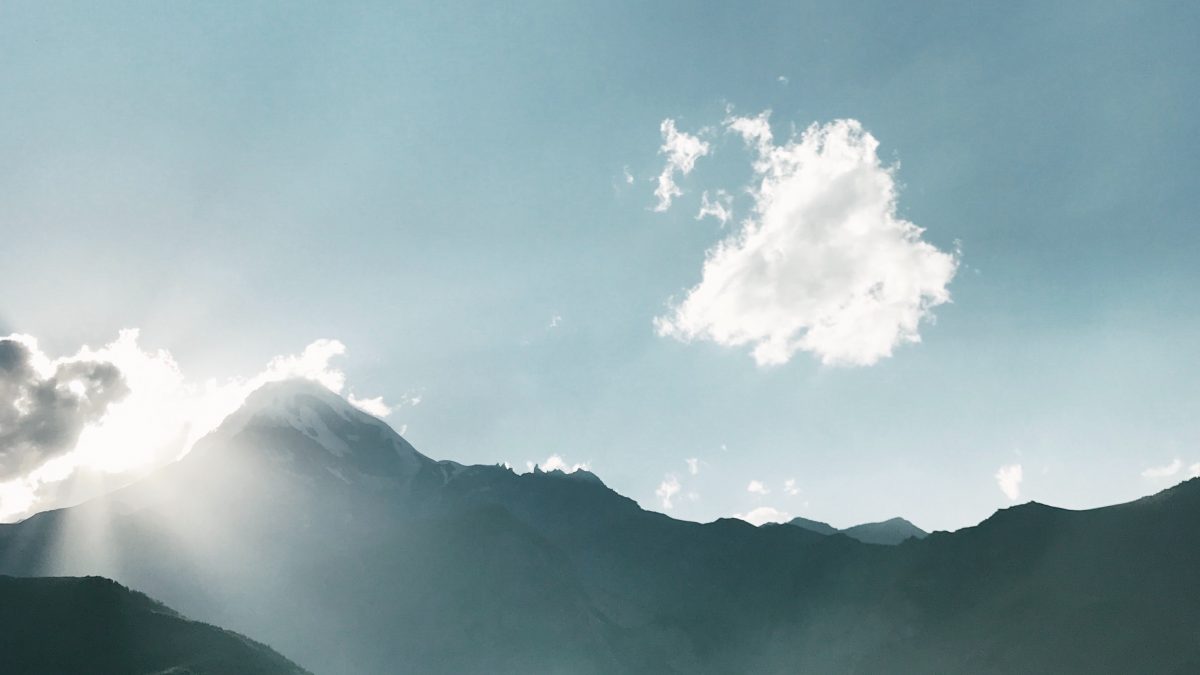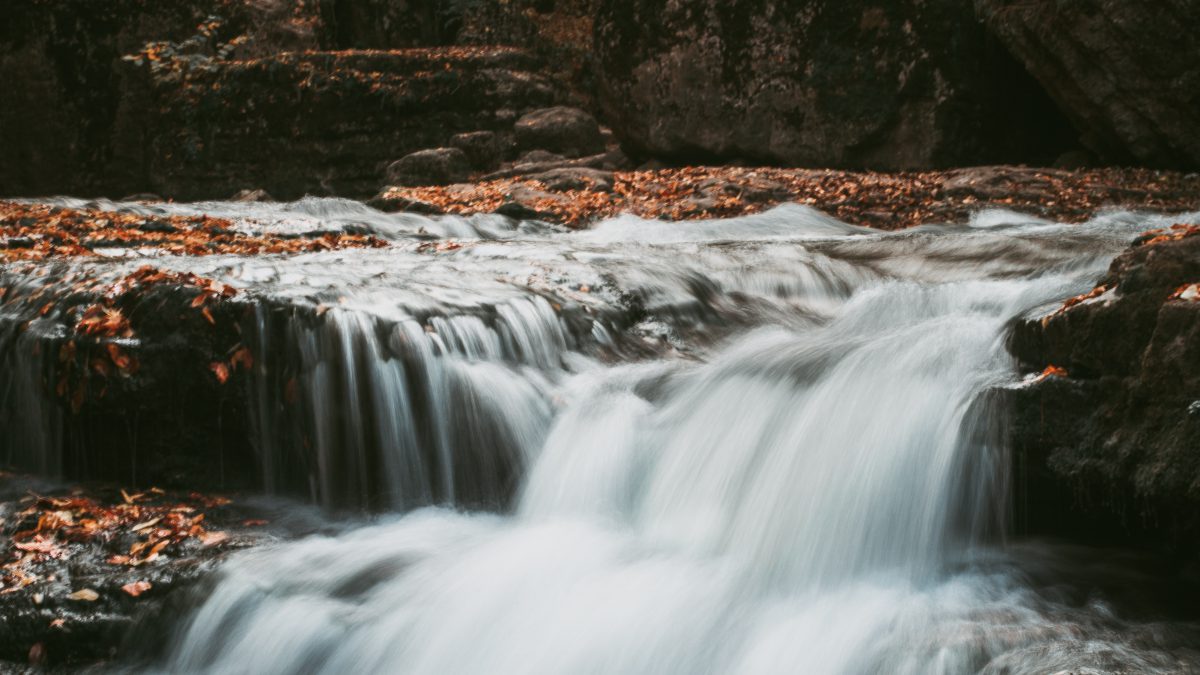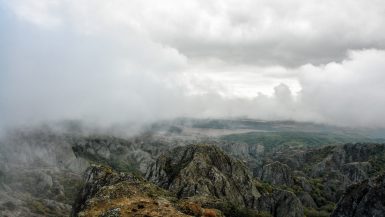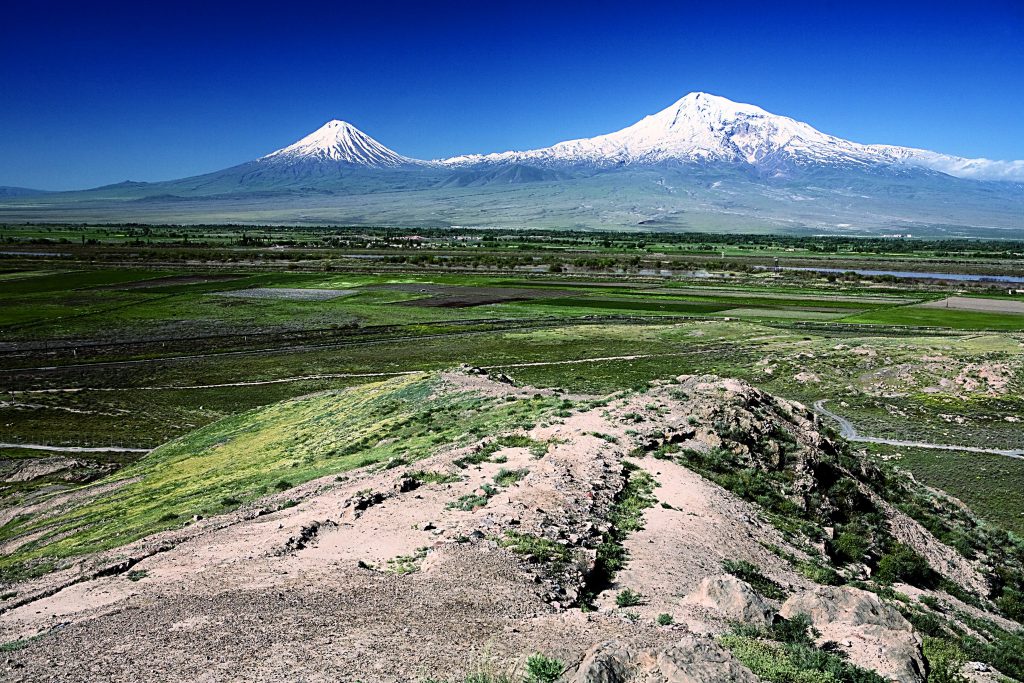
Credits: MEDIACRAT
Located in the southern Caucasus, Armenia is the smallest country of the former Soviet republics, where you’ll find rich history, ancient buildings, distinctive culture, mountainous landscape, extinct volcanoes, and a wide array of hiking and camping opportunities. Bordered with Georgia, Azerbaijan, Iran, and Turkey, Armenia has both influenced, and been influenced by its neighbours, which is reflected in its cuisine, customs, architecture, and traditions.
Here, you’ll find the largest lake in the Lesser Caucasus, Lake Sevan, occupying the 5% of modern Armenia’s territory. The country once included Mount Ararat, a biblical spot where Noah’s ark rested after the flood. Today, territory-wise it’s in Turkey, but you can still enjoy breathtaking views from Khor Virap, an Armenian monastery just 8 km from the Turkish border.
Must-see monasteries
As the first country in the world to adopt Christianity, Armenia is dominated by churches of various architectural styles dating back to the ancient period. The most distinguished ones are the Tatev and Geghard Monasteries. Tatev is a true gem of Armenia, nested at the end of the deep gorge and surrounded by breathtaking mountainous landscape. It’s accessible by a cable car, called Wings of Tatev, which holds the Guinness World Record for being the longest reversible cableway in the world, at 5752 metres. Geghard, on the other hand, is much older, dating back to the 4th century, and is believed to have been home of one of the spears used at the crucifixion of Jesus Christ.
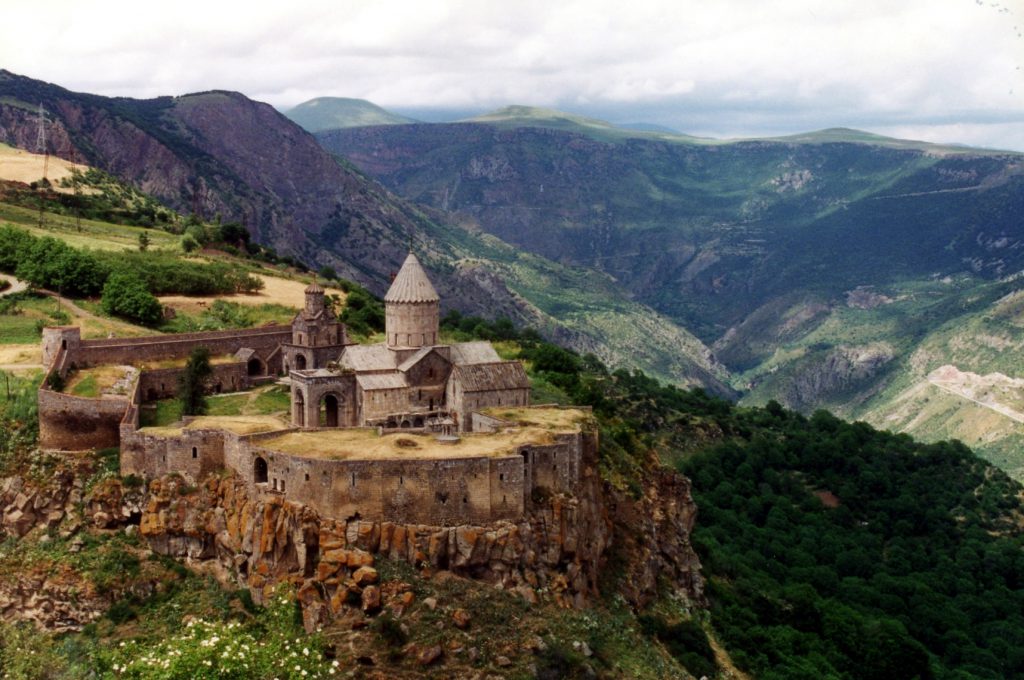
Yerevan – the capital
The capital, Yerevan, boasts historic monuments, parks, squares, museums, and cultural attractions which will keep you surprised at every corner. Spending a few days is more than enough to see all the major sites and to indulge yourself in Armenia’s rich cuisine – make sure to try their famous dolma, ground meat wrapped in grape leaves; khorovats, chunks of meat grilled on a skewer; lavash, a soft and thin flatbread, a Caucasian relative of Mexican tortilla, and basturma, an air-dried and highly seasoned smoked beef to name just a few. In terms of the sightseeing, include a visit to Cascade Stairway and Museum with its many terraces featuring floral decorations and artsy statues. Climb the stairs all the way to the top of it to have a fantastic panoramic view of the city. If you’re lucky and you’re here on a nice sunny day you can even spot Mount Ararat in the distance. And don’t forget to visit Vernissage Flea Market to shop for souvenirs and local crafts, like rugs, jewellery, toys, and all kinds of second hand and antique curiosities.
Unique sites to explore
The geographical location of Yerevan makes it a perfect base to visit some of the major sites of Armenia. Lake Sevan is one of the largest high-altitude freshwater lakes in Eurasia. As Armenia lacks access to the sea, the lake serves as a perfect getaway for locals during hot summer days. Moreover, surrounded by snow-covered mountains, the area offers small hiking opportunities for those who’d love to explore it on foot. Close to the capital, you’ll find one of the coolest monuments dedicated to the Armenian Alphabet. Located only 50-minute drive from the city, the 39 huge stone letters dominate a small hill, set up to commemorate the 1,600th birthday of the local script.
Garni Temple, dating back to the 76 AD is the only remaining complex of Greco-Roman collonaded architecture both in the country and the former Soviet Republics. Apart from the temple, the area is famous for the stunning Garni Canyon, boasting unique basalt columns and impressive vertical cliffs. Often referred to as the “Symphony of Stones”, the cliffs are said to look like a massive tube organ when seen from afar.
If you find yourself in Armenia’s south-east, make sure you visit Karahunge or Zorats Karer, a prehistoric archaeological site commonly referred to as the Armenian Stonehenge. The area is home to vertical basalt stones with small holes on them, set on an open area of approximately 70 sq. kilometres. According to archaeological studies, the area is believed to have been an observatory.
For nature and hiking lovers
Apart from the historic monuments and religious sites, Armenia is home to beautiful nature, gorgeous mountains, and stunning lakes. One of the most popular areas is Dilijan National Park, enclosed with forests and impressive mountains offering several tracks for hiking enthusiasts. In addition, it’s popular for its mineral water springs that are believed to have healing properties. By hiking the national park, you’ll find various monasteries and churches of the region, including Haghartsin, Goshavank, Kukhtak Vank, and Akhnabat.
Mount Aragats, the highest mountain in Armenia, is home to stunning natural landscapes scattered with ancient monasteries and fortresses. Alpine meadows and wildflowers circle the peak of the mountain. During summer months, you’ll be able to meet Yazidi, who come here to feed their sheep herds and make dairy products to later sell in the valley. Make sure to hike towards the captivating Lake Kar, situated at 3,190 meters above the sea level on the slopes of the Aragats. And don’t be surprised to see snow during hot summer days.
If a lesser-known area with incredible hiking opportunities sounds like your kind of thing, go to the Debed Canyon. Considered as one of the most charming sites of Armenia, the canyon is rich in culture and history. Usually, people like to stay in Vanadzor and visit it as a day trip from there, but you can easily camp there. On the way towards the canyon, you can visit Sanahin and Haghpat monasteries, UNESCO World Heritage Sites, or explore various small villages nestled along the river. Moreover, make sure to see khachkars, remarkable cross stones reflecting medieval Christian Armenian art.
Khosrov Reserve, believed to be one of the first protected areas in the world, is another getaway for nature and hiking lovers. Home to unique European and Asian flora and fauna, the reserve spreads out over more than 29 thousand hectares of land. Wander through deep canyons and conquer high plateaus along with volcanic peaks.
Apart from Lake Sevan, Armenia’s second most significant water source, Lake Arpi is a perfect place to get away from crowds and enjoy a relaxing stroll either along the lake or in its surroundings. A decade ago, the government built a new park around it to protect the environment of 100 bird species living here.
Best time to go
Armenia is surely an all-year-round destination, with many activities to do in winter and summer months. Summers in Yerevan can be quite hot, therefore, most of the locals escape the city and instead enjoy warm sunny days and weekends at Lake Sevan. When the snow starts to fall in winter, ski lovers flock towards the Tsakhkadzor, a spa and ski resort, while others stay in the capital and enjoy picturesque views of snow-covered Yerevan. Spring in Armenia is characterized by heavy rains, where April is the wettest month of the year, so you might want to avoid traveling or be well equipped with raincoats and umbrellas. Those heavy rains continue till the first week of May, therefore, the best time to visit the country is from late May to early June, just before the heat sets in. Even though July is the hottest month to visit the country, the majority of cultural events and festivals are scheduled during this month of the year, including the Golden Apricot Yerevan International Film Festival, Watermelon Festival, Syunik Mulberry Festival, and Yerevan Color Run to name a few. Mid-September to mid-October is also a good time to visit the country, as the weather is cooler and more comfortable to tour around.



